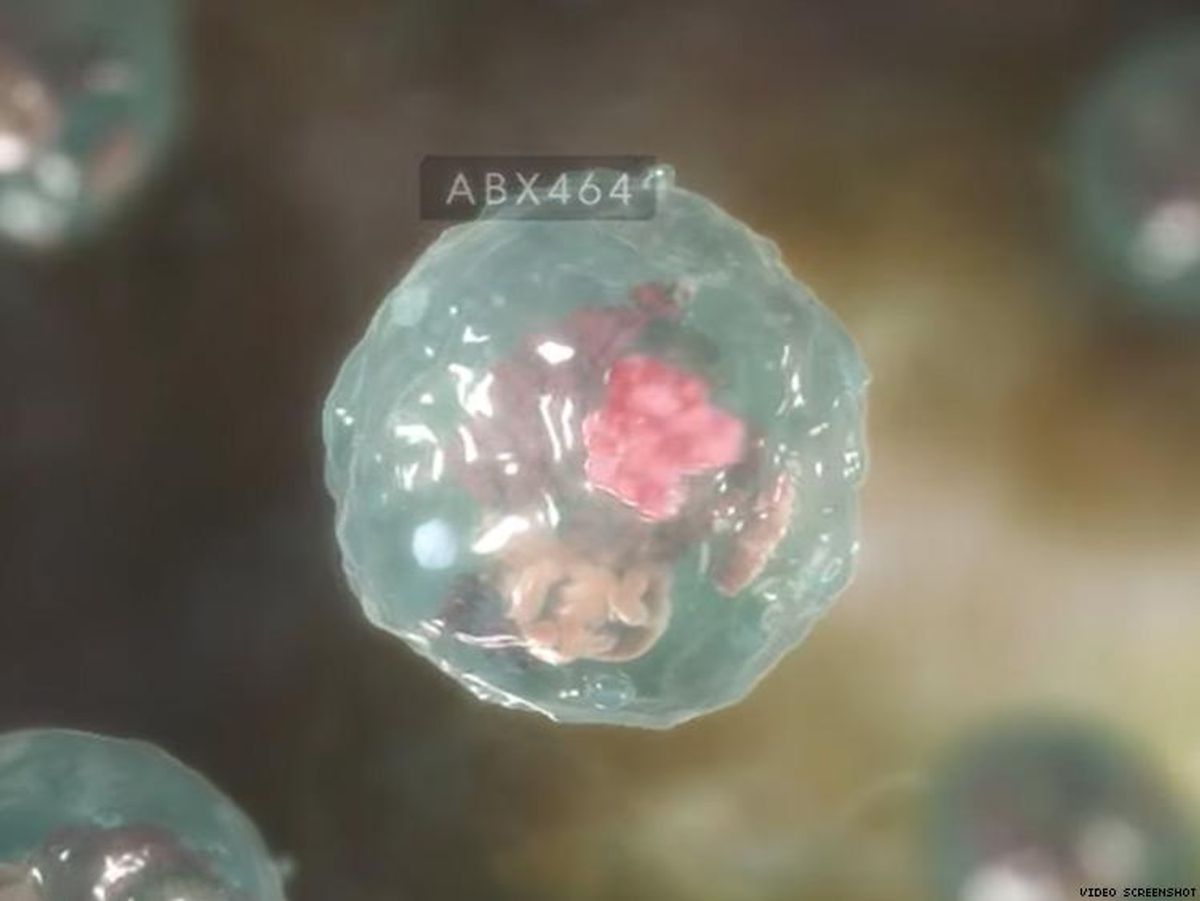I Am a Warrior
This Small Antiviral Pill Might Lead to an HIV Cure

After completing Phase II trials, a pill called ABX464 has proven to reduce HIV reservoirs, which can ultimately become part of an HIV cure.
May 09 2017 8:56 PM EST
By continuing to use our site, you agree to our Privacy Policy and Terms of Use.

After completing Phase II trials, a pill called ABX464 has proven to reduce HIV reservoirs, which can ultimately become part of an HIV cure.
For the first time, scientists have shown it’s possible to reduce HIV reservoirs in people living with HIV, thanks to a tiny antiviral molecule (ABX464) patented by the biotechnology company Abivax.
A first-in-class oral antiviral small molecule, ABX464 recently finished Phase II clinical trials, where it drastically reduced HIV reservoirs, furthering its potential of inducing a functional HIV cure. Past cure research has been hampered by the difficulty in locating, “waking,” and treating the virus hiding in reservoirs in those whose HIV is undetectable. That makes this discovery truly groundbreaking.
“We are excited to see this unique finding and are looking forward to further studying ABX464 as we would like to determine, through additional clinical trials, whether we can further increase the magnitude of the effect on reducing HIV reservoirs to the lowest possible level,” said Dr. Bonaventura Clotet, principal investigator in the study, director of the IrsiCaixa AIDS Research Institute, and head of the Infectious Diseases Unit of the Germans Trias i Pujol University Hospital in Badalona, Barcelona.
During the trial, 30 HIV-positive people in Spain, Belgium, and France, were randomly placed in two groups. In addition to their current antiretroviral treatment, for 28 days the majority received ABX464 while the smaller control group received a placebo.
Researchers then drew blood samples and measured HIV DNA in the peripheral blood mononuclear cells, using a biomarker for determining the presence of an HIV reservoir, which itself was discovered earlier this year.
As reported in the journal Nature, French researchers discovered “a gene expression signature of 103 upregulated genes that are specific for latently infected cells, including genes for 16 transmembrane proteins.” In particular, the protein CD32a was the most apparent in HIV reservoir cells but had “no detectable expression in bystander cells.” With this knowledge, Clotet’s team sought to identify latent HIV reservoirs by determining if ABX464 had an effect on the size of the reservoir.
After treating participants with ABX464, researchers saw a decrease of total HIV DNA—half of the participants treated with ABX464 saw a reduction of over 25 percent, while those treated with the placebo saw no response.
Once the trial was over, there were no negative impacts on the health of the participants after taking ABX464 and returning to normal treatment. With that in mind, researchers said the next step is to administer a longer trial with ABX464. If participants have similar results, perhaps it will lead to an even larger reduction of the HIV reservoir, which can ultimately become the genesis of an HIV cure.
“Currently approved drugs can effectively reduce and control the replication of the HIV virus in humans, allowing many patients to live with chronic treatment,” Dr. Jean-Marc Steens, chief medical officer at ABIVAX, said in a statement, “but no drugs have been able to eradicate the virus in humans because it evades therapy by hiding in what have been called by the scientific community ‘HIV reservoirs.’ These results in [HIV-positive people] are a first and very important step in supporting the hypothesis that ABX464 could impact the HIV reservoir.”
Editor's Note: A previous version of this article appeared online before it was updated on 5/9/17.